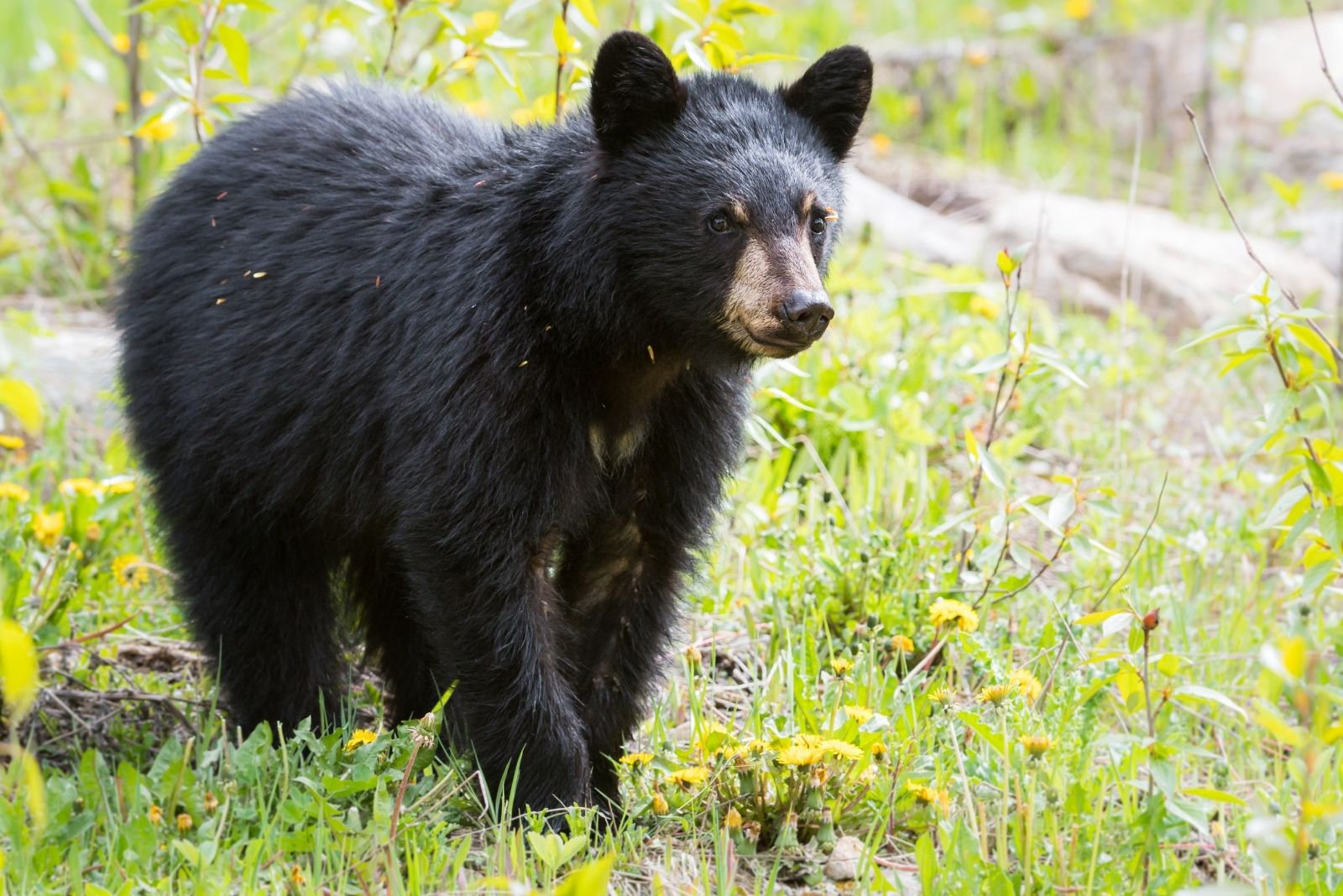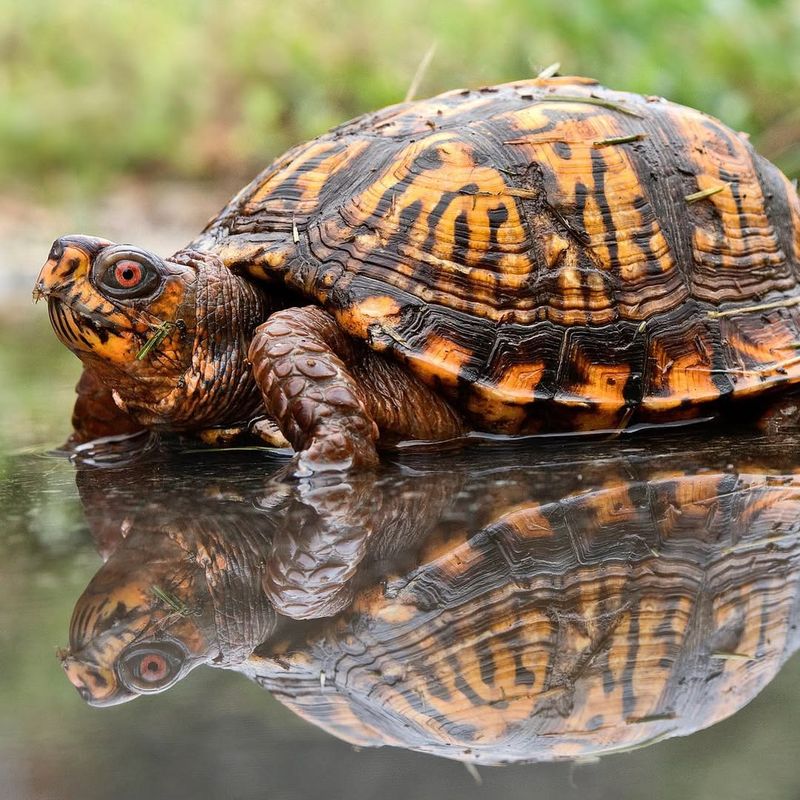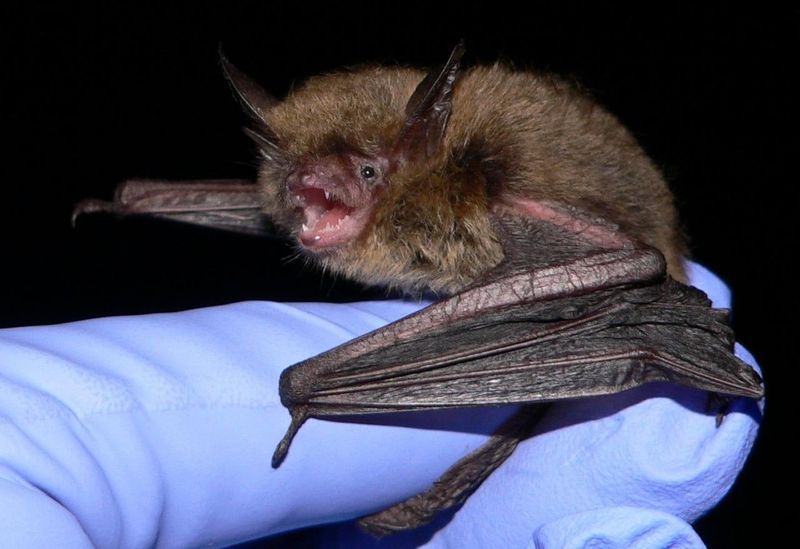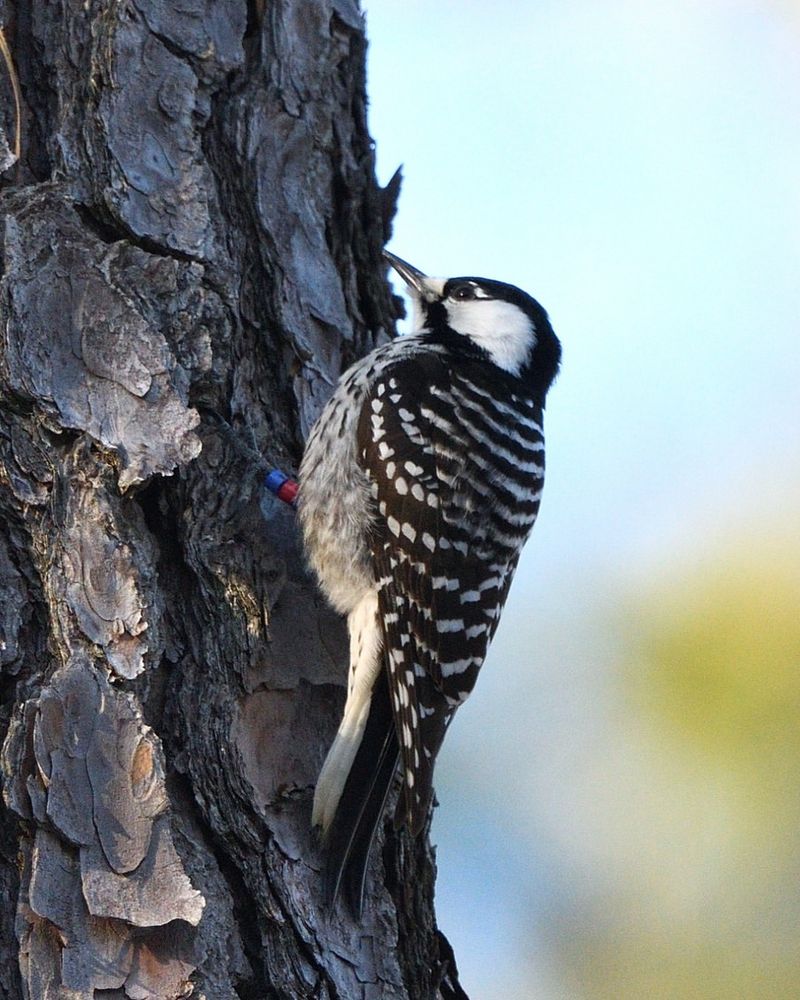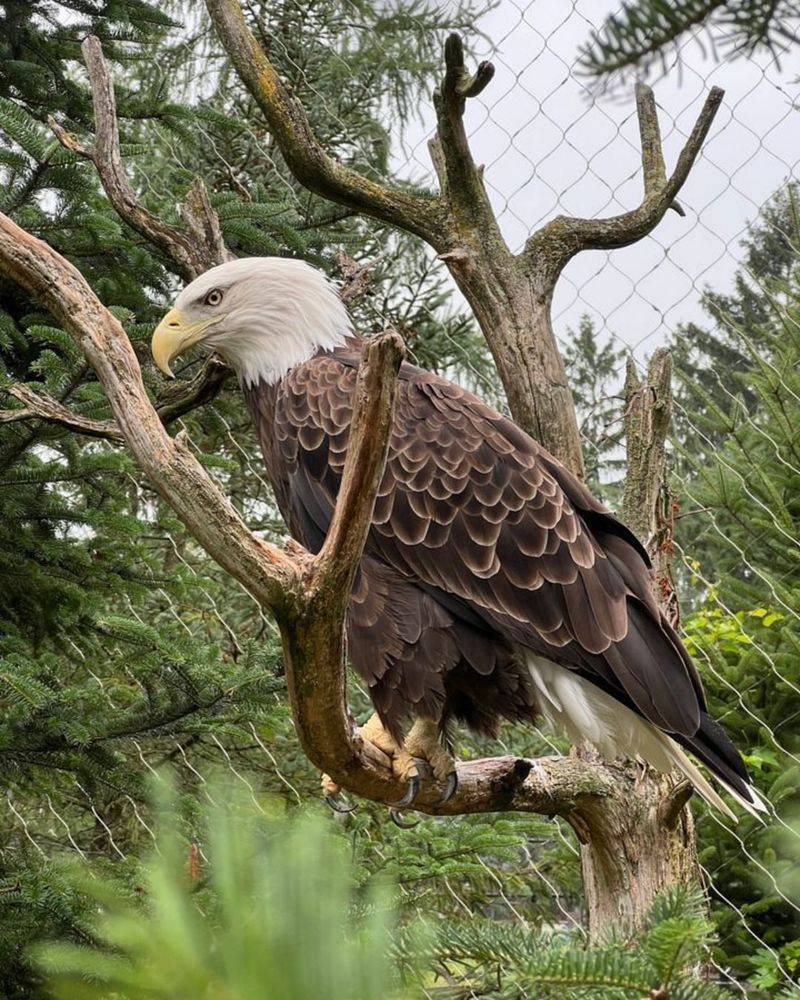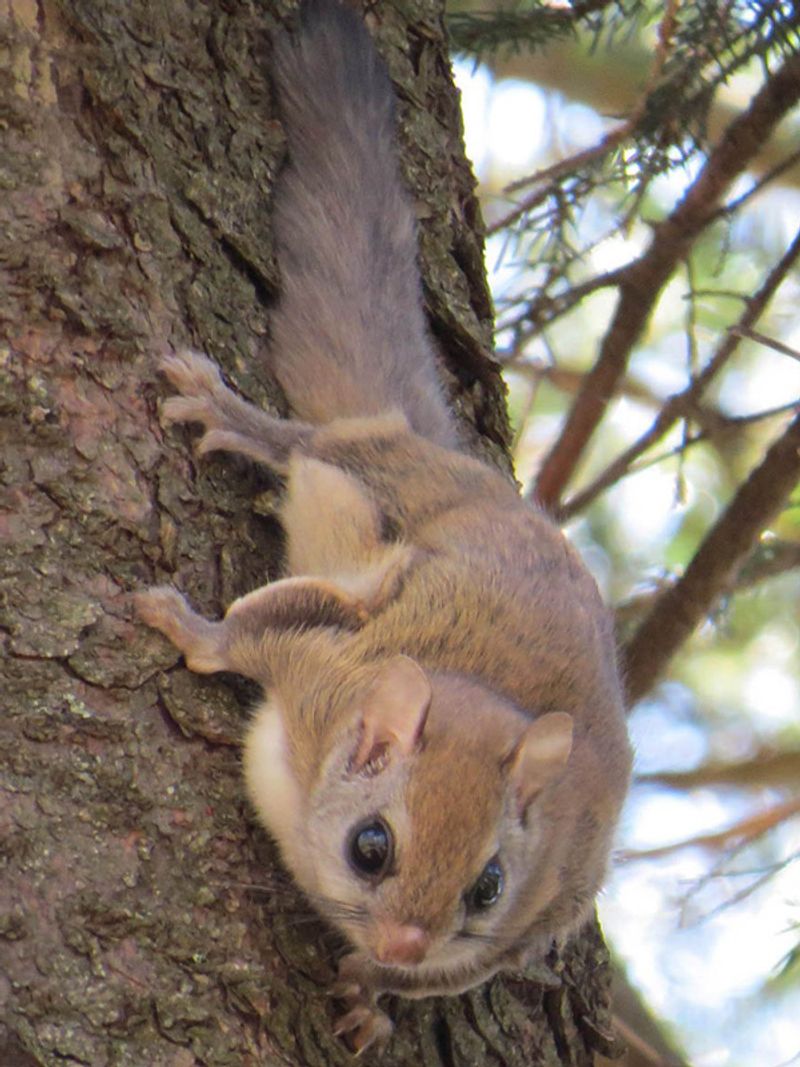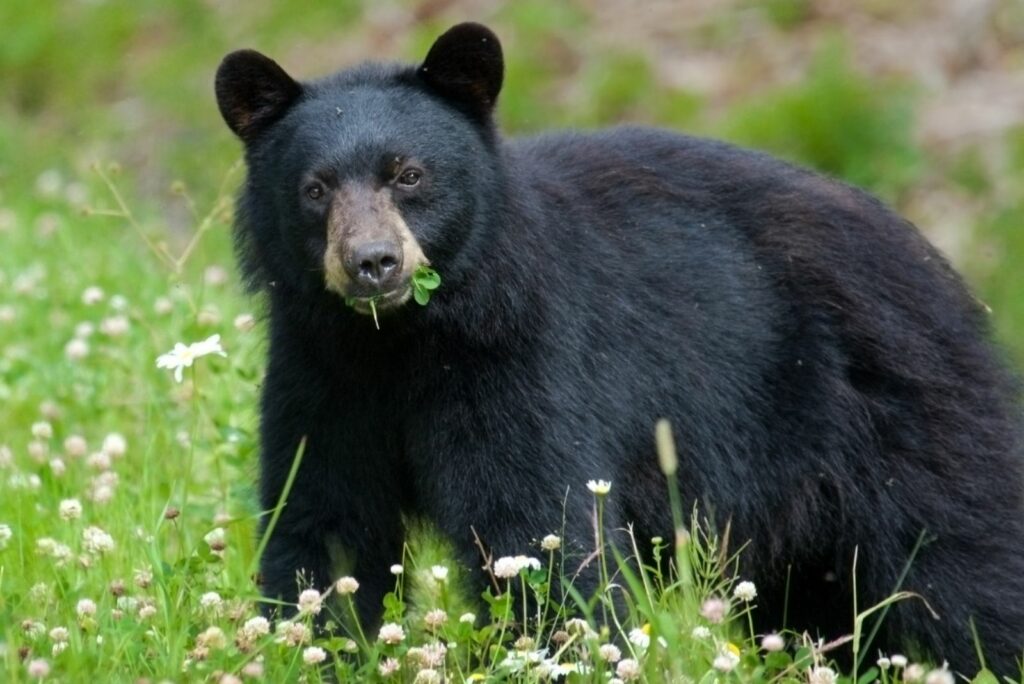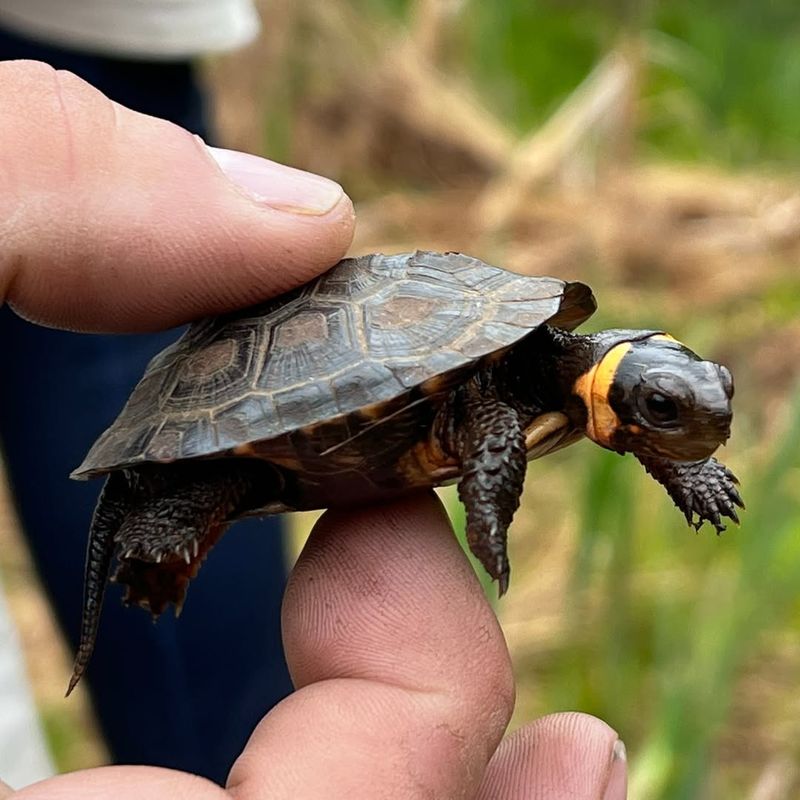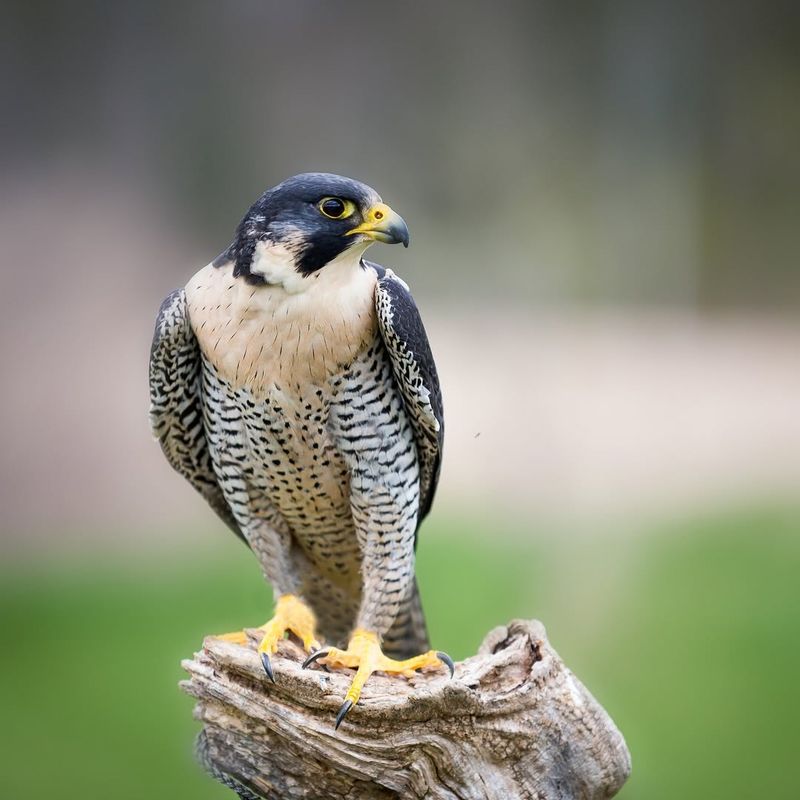Living in North Carolina means sharing our homes and gardens with some amazing wildlife that’s protected by law. As a longtime North Carolina resident, I’ve learned that disturbing or removing certain creatures can result in hefty fines or even criminal charges under state and federal wildlife protection laws.
I remember the first time I spotted a box turtle in my backyard and called wildlife services, only to learn I wasn’t allowed to relocate it. Whether they’re nesting in your yard or just passing through, these eight creatures have special legal protection that requires you to leave them alone.
Understanding which animals you can’t legally remove helps preserve North Carolina’s unique ecosystem while keeping you on the right side of the law.
1. Eastern Box Turtle
The distinctive dome-shaped shell of an Eastern Box Turtle might appear in your garden while you’re planting spring flowers. These slow-moving reptiles are listed as a North Carolina Species of Special Concern, making it illegal to remove, harm, or possess them without special permits.
If one takes up residence in your yard, consider yourself lucky! They eat garden pests like slugs and insects while causing no harm to your plants. Just give them space and maybe provide some shallow water dishes during dry spells.
I once watched a box turtle in my vegetable garden spend an entire afternoon methodically hunting slugs that had been destroying my lettuce. That turtle did more pest control in a day than I could accomplish in a week!
2. Northern Long-Eared Bat
Finding these small, furry mammals roosting in your attic or barn might seem concerning, but Northern Long-eared Bats are federally protected under the Endangered Species Act. Their population has been devastated by white-nose syndrome, making every colony critically important.
Rather than removing them, contact the North Carolina Wildlife Resources Commission for guidance. They can help you determine if modifications can be made to your property that won’t harm the bats while addressing your concerns.
Last summer, a small group established a roost under my porch eaves. Instead of disturbing them, I installed a bat house nearby and was rewarded with significantly fewer mosquitoes in my yard all season long!
3. Red-Cockaded Woodpecker
The tapping sound of a Red-cockaded Woodpecker might lead you to discover this endangered bird has chosen your property’s pine trees for nesting. Their preference for older longleaf pines makes them increasingly rare as these forests disappear across North Carolina.
Federal law strictly prohibits disturbing their cavity nests or removing trees containing them. Even dead pines with woodpecker cavities are protected habitat. Maintaining a natural pine landscape without pesticides is the best way to support them.
During a hiking trip near my home in eastern North Carolina, I spotted the distinctive white cheek patches of this rare woodpecker. Watching it methodically work on its cavity nest reminded me why preserving these species matters so much to our state’s identity.
4. Bald Eagle
The sight of America’s national bird soaring above your property is breathtaking, but if Bald Eagles build a nest on your land, disturbing them is a serious federal offense. Despite their recovery from near-extinction, they remain protected under multiple laws including the Bald and Golden Eagle Protection Act.
Eagles typically return to the same nesting site year after year, building massive nests in tall trees. If you discover a nest, you’re legally required to maintain a buffer zone around it and limit certain activities during nesting season.
My neighbor’s lakefront property became home to a nesting pair three years ago. While it limited some of his landscaping plans, he says watching the eagles raise their young has been one of the most rewarding experiences of living in North Carolina.
5. Carolina Northern Flying Squirrel
These nocturnal gliders might take up residence in your attic or outbuildings, especially if you live in the mountains of western North Carolina. As a federally endangered species, Carolina Northern Flying Squirrels cannot be trapped, relocated, or harmed in any way without proper permits.
Their distinctive large eyes and flat, furry tail help distinguish them from common gray squirrels. If you suspect these protected creatures are in your home, contact wildlife authorities who can assess the situation and provide legal solutions.
During a cabin stay near Grandfather Mountain, I was fortunate enough to glimpse one gliding between trees at dusk. Their silent flight is truly magical – something worth preserving even if it means sharing your space temporarily.
6. American Black Bear
Finding a black bear in your yard can be alarming, but these magnificent mammals are protected under North Carolina wildlife laws. While not endangered, it’s illegal to trap, relocate, or harm them without proper authorization from wildlife officials.
Bears typically pass through residential areas while searching for food. Removing attractants like unsecured trash, bird feeders, and pet food usually resolves unwanted visits. The NC Wildlife Resources Commission advises making noise and backing away slowly if you encounter one.
My first bear sighting happened while gardening at our mountain home near Asheville. The young bear seemed as surprised as I was! I calmly went inside, and after investigating my compost pile, the bear wandered back into the woods.
7. Bog Turtle
No bigger than your palm, the critically endangered Bog Turtle might appear in wet, marshy areas of your property if you live in western North Carolina. Their distinctive orange head patches make them easily identifiable and absolutely illegal to disturb, collect, or relocate.
These tiny turtles require specific wetland habitats that have largely disappeared due to development. If you discover them on your property, consider yourself steward of an incredibly rare ecosystem that deserves protection.
During a spring walk through my cousin’s mountain property near Boone, we spotted a bog turtle basking on a tussock. We immediately contacted the NC Wildlife Resources Commission, who helped establish a conservation easement that protects the habitat while providing tax benefits.
8. Peregrine Falcon
The world’s fastest animal might establish a nesting site on tall structures on your property, particularly if you live near the Blue Ridge Mountains. Once nearly extinct due to DDT poisoning, Peregrine Falcons remain protected under the Migratory Bird Treaty Act despite their population recovery.
These raptors prefer cliff faces but sometimes adapt to human structures like tall buildings or transmission towers. Any disturbance to active nests is strictly prohibited by federal law, requiring you to postpone maintenance or construction activities until the young have fledged.
While rock climbing in Chimney Rock last year, our group had to reroute our planned ascent when we spotted a peregrine nest. The park ranger told me that a single mating pair can consume thousands of rodents annually – nature’s perfect pest control service!

